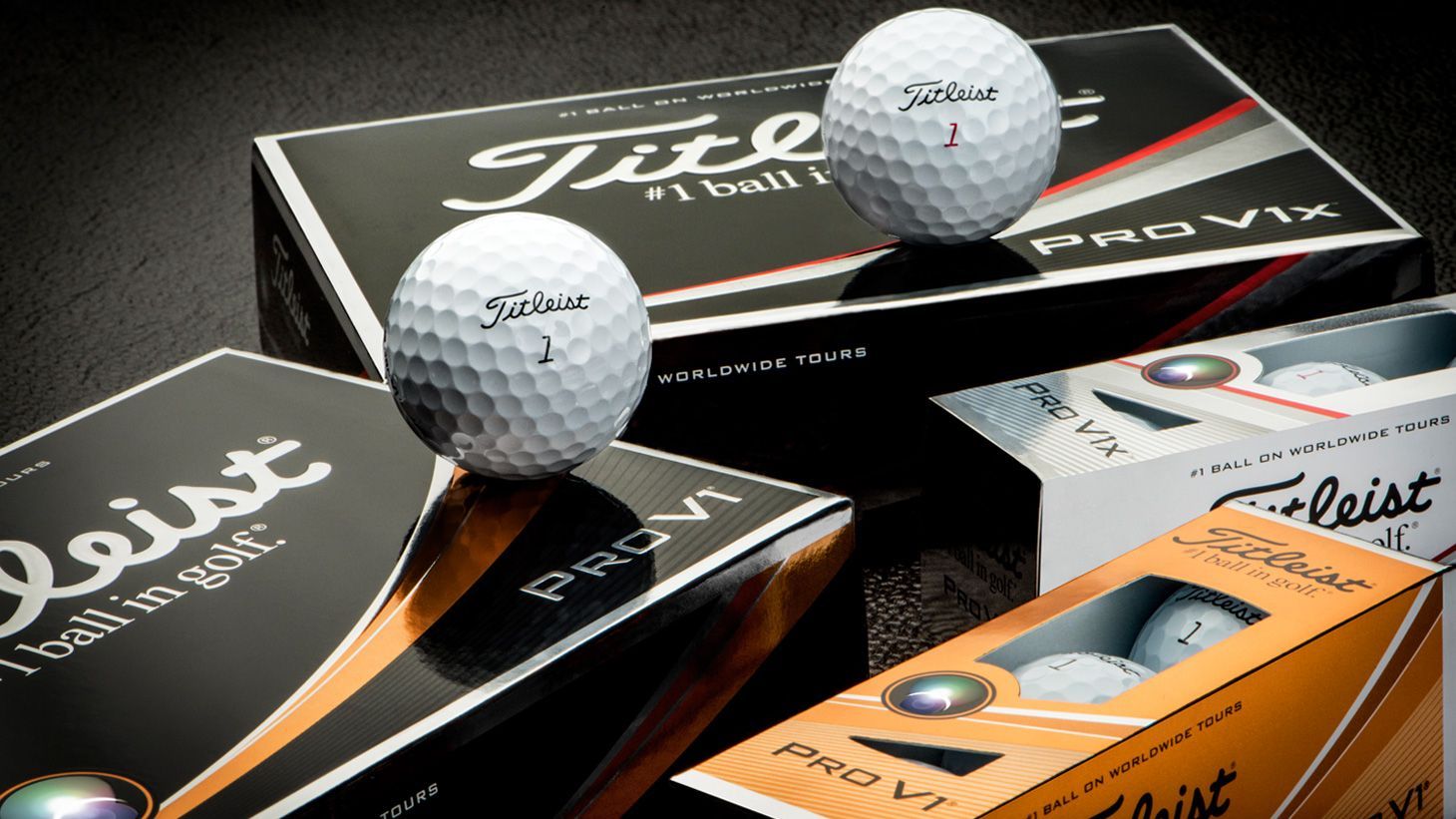FIRST LOOK: 2017 Titleist Pro V1 and Pro V1x Golf Balls

In the past few years, when Titleist has introduced new models of its Pro V1 and Pro V1x balls it was the latter that seemed to get most of the attention. For the 2017 models, however, there appears to have been a focus on truly updating the Pro V1 golf ball.
Formally introduced at the PGA Merchandise Show in Orlando, the new 2017 Pro V1 boasts a reformulated core designed to produce lower spin off the long clubs for enhanced distance and ball speed, while maintaining a soft feel. Helping produce the desired flight is a new spherically tiled 352 tetrahedral dimple design designed to yield a penetrating trajectory with even more consistent flight.
The four-piece Pro V1x, which Jordan Spieth used to win the Australian Open, also received an update to its dimple design with a spherically tiled 328 tetrahedral dimple design with a new dimple placement that delivers a higher, more consistent flight.
The changes to the three-piece Pro V1, driven by tour-player feedback, should help eliminate the perception that the Pro V1 is a “spinnier” and therefore shorter ball. The company’s tour validation process has the company believing that more players this year will be using the Pro V1 than in recent years. Brandon Stone used the ball during his victory at the Alfred Dunhill Championship on the European Tour late last year.
“I think the remarkable thing with the new Pro V1 is how far it goes now,” Adam Scott told Titleist. “I’m hitting it longer than I ever have but I also have that soft feel like when I grew up playing a balata golf ball—it’s incredibly soft.” Although the changes might appear to be modest, not to be overlooked is the fact that every ball is manufactured at the company’s ball plant in Acushnet, Mass., with considerable investment in quality control to ensure consistency from ball to ball.
The company’s testing and validation process resulted in more than 80,000 golfers of various skill levels testing numerous prototypes, including six different double-blind prototype tests during the summer and fall of 2015 that were instrumental in determining the final 2017 designs.








Please to comment on this post.